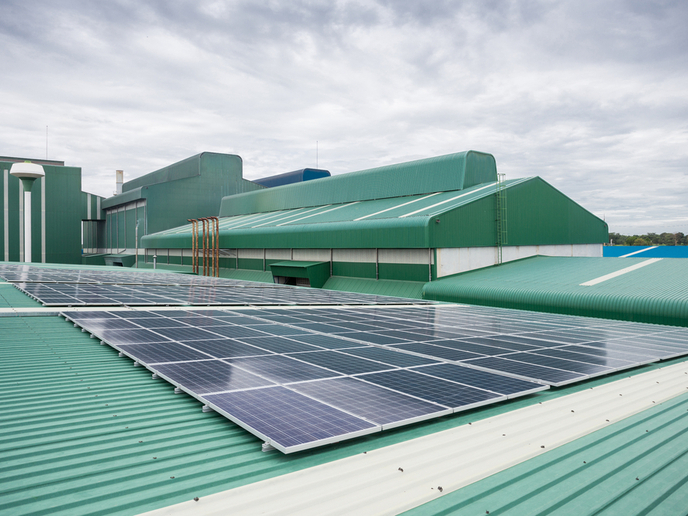Induction technology heats up
As availability of energy and environmental considerations are increasingly becoming the dominating concerns in industry, researchers are investigating different ways of saving energy. The EU-funded project 'High Efficiency Aluminium Billet Induction Heater' (Aluheat) has designed novel energy-saving technology for industrial production and other sectors. It developed technology to dramatically reduce energy consumption and life cycle costs of large-scale electrotechnical components with very poor energy efficiency. The project aimed to validate the feasibility of the new concept by building and testing a 200-300 kW aluminium billet induction heater in an industrial aluminium extrusion plant. The results of such a project are meant to facilitate the introduction of superconductor technologies in industry and elsewhere. The technology was based on the ability of superconductors to carry loss-free direct currents (DC) combined with novel electromagnetic concepts to exploit the potential superconductivity. Rigorous testing demonstrated that the new superconducting DC induction heater has a lower environmental impact than both conventional gas burners and alternating-current (AC) induction heaters. The project also looked into manufacturing the required conductor material, known as Magnesium diboride (MgB2), in the most optimised way. It tested large batches of the material and ensured that conductivity variances between batches remained small. It then worked on cooling technology or cryosystem so that the equipment can be cooled down faster in faulty situations. Although the manufacturing of the mechanical system was not finalised within the project period, Aluheat set the pace for perfecting the technology, and work has been continued by other stakeholders. If the technology is fully exploited, its implications on energy efficiency in industries may be profound.







